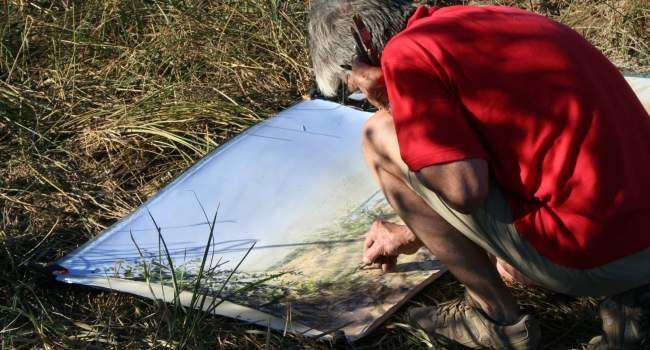Individual variability and versatility in an eco-evolutionary model of avian migration

Author(s): Delmore, K.E., Van Doren, B.M., Conway, G.J., Curk, T., Garrido-Garduño, T., Germain, R.R., Hasselmann, T., Dieter Hiemer, D., van der Jeugd, H.P., Justen, H., Ramos, J.S.L., Maggini, I., Meyer, B.S., Phillips, R.J., Remisiewicz, M., Roberts, G.C.M., Sheldon, B.C., Vogl, W. & Liedvogel, M.,
Published: November 2020 Pages: 10pp
Journal: Proceedings of the Royal Society B
Digital Identifier No. (DOI): 10.1098/rspb.2020.1339
It has been known for some time that Blackcaps employ several different migration strategies. Birds breeding in central Europe either migrate south-west or south-east for winter, with a switch between the two strategies occurring along a migratory divide, centred on the north-south meridian line that runs at 14 degrees east (encompassing parts of eastern Germany, western Poland, the Czech Republic and Austria). There is a very narrow zone within which birds show an intermediate strategy and migrate south, suggesting strong selection pressure on Blackcaps to avoid this route and instead journey either side. Since the 1960s, a third novel migration strategy has evolved, with birds from continental Europe migrating northward to Scandinavia and, in particular, Britain & Ireland, for the winter. Previous BTO research indicates that winter food provisioning in people’s gardens, together with local climatic conditions, might have supported the evolution of this route.
Between 2016 and 2019, researchers attached tiny tracking devices to hundreds of Blackcaps breeding in Germany, Poland, Austria and the Netherlands, and to individuals wintering in Britain & Ireland. These devices, known as geolocators, measure daylength and the timing of solar noon, which can then be used to estimate each individual’s location throughout the year.
The results of the study showed that Blackcaps wintering in the UK bred across Europe, their breeding range spanning 2,000 km from northern Spain to southern Poland. This is in sharp contrast to Blackcaps with the two ‘traditional’ migratory strategies and the distinct divide between the breeding locations of birds that head either south-west or south-east in winter. Interestingly Blackcaps wintering in the UK arrived on their continental breeding grounds almost 10 days earlier than other individuals that also bred in that location but which wintered in southern Europe or North Africa. This difference in timing suggests that assortative mating could be taking place, where birds that have evolved to winter in a particular location also breed together, and therefore pass on the genes associated with a particular migration strategy allowing it to become fixed in the wider population.
More research is needed to fully understand the mechanisms and driving forces behind Blackcap migration but, at a time when many migratory species are under pressure from climate and environmental change, uncovering the reasons why some are able to adapt and develop new strategies could prove to be useful for understanding how migrant species may cope with future change.







Share this page